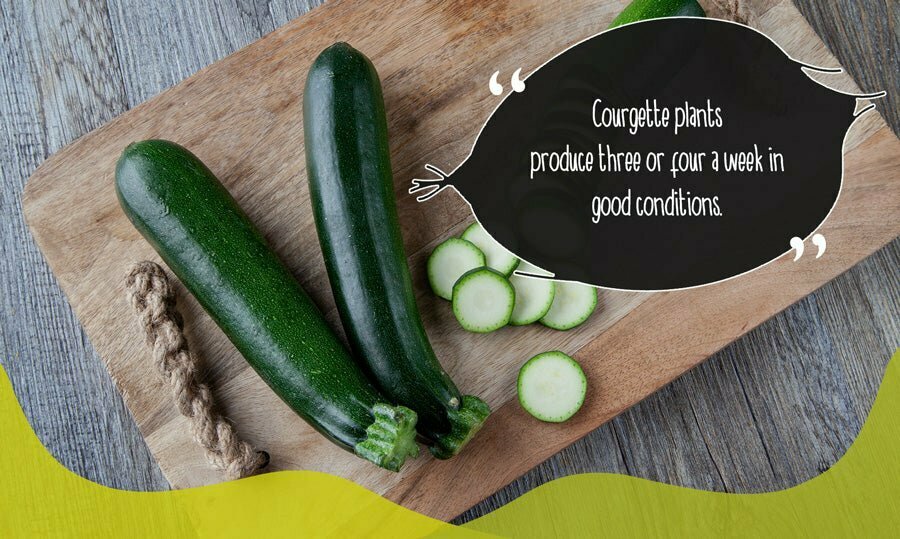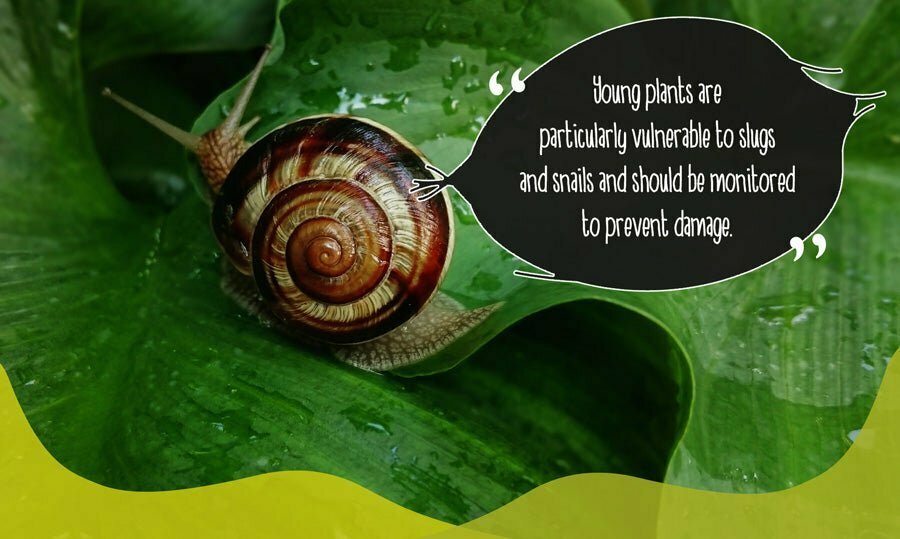How to grow courgettes
If you want to grow your own courgettes, whether from seeds bought at the garden centre or saved from another crop, follow our simple three-step guide to get the most out of your plants.
Step 1: sowing courgettes
If you’ve saved seeds from other courgettes, be aware that there can be variations from the parent plant. Taste depends more on soil and climate conditions than genetics. In addition, courgettes are easily cross-pollinated.
Where to sow courgette seeds
Courgettes are best started indoors but can be sown outdoors too. Leave about 1m² between seeds or plant one per container. They need plenty of space to thrive.
Rich soil, in a spot with plenty of sun, will best aid growth. Soil should be cultivated with organic compost or nutrient matter prior to planting. If the soil is uncultivated, dig organic matter into the sowing area – about a foot deep.
Sow the seeds on their sides, an inch down from the surface. If sowing indoors, plant them half an inch deep in standard-sized starter pots.

When to sow courgettes
Courgettes can be sown indoors from mid to late April, and outdoors from late May to early June, after frosts. Indoor seeds will be ready for planting out around the same time seeds can be sown outdoors.
Once planted, cover seeds with a clear covering, like a jar or cloche. Leave this until around two weeks after germination, if possible. If more than one seed germinates in an area, remove the weaker seedlings to leave the strongest plant.
Step 2: growing courgettes
If they’re being grown indoors, germinated seedlings will need to be transferred to larger pots once they grow big and sturdy enough to handle.
Planting out
As with most plants begun indoors, courgettes will need to undergo the process of hardening off when preparing for planting outdoors. For courgettes, this should happen in late May or June. It will depend on when the seeds were sown and the weather conditions.
Hardening off courgettes
For the first week, move the plants outside during the day and bring them in overnight. During the second week, leave them outside in a sheltered spot overnight – unless the weather is poor. If you’re using a cold frame, the plants can stay out overnight and be hardened off in a week.
Once they’ve hardened off, the ground should be prepared for planting. This means cultivating the soil with organic compost or nutrient matter, in the same way the ground was prepared before sowing the courgette seeds.
Additional fertiliser should be sprinkled onto the growing site before planting for indoor plants. A general purpose, slow-release fertiliser is best used at this stage to aid growth.

Maintenance
As they grow, courgettes require a regular and generous water supply. Avoid pooling water around the neck of the plant, as this can cause rot.
A porous, water-retentive soil can mitigate rot while providing a steady moisture supply.
When the first fruits begin to emerge, start fertilising with mixtures high in potassium – like tomato feed – every ten to 14 days. Potassium is necessary for fruit production, so this ensures a good crop.
Courgettes are susceptible to mildew and mould, so try to avoid splashing leaves when watering. Remove any leaves showing signs of infection.
You should keep an eye on nearby plants to ensure any issues have been contained. Mulching can help to retain moisture without increasing chances of rot.
Young plants are particularly vulnerable to slugs and snails and should be monitored to prevent damage.
Step 3: harvesting courgettes
The first courgettes will be ready to harvest when they reach between 10cm–12cm in length. Picking fruit regularly, without allowing it to grow too large, encourages further production. The flavour is likely to be better too.
Courgettes are abundant plants, producing three or four fruits a week in good conditions. Once they begin producing in early summer, they can do so continuously for months. Some plants will produce fruit up until the first frost.
The flowers can also be harvested. Producing a milder taste, these flowers can be eaten raw as garnish, added to salads, or used when stuffing, baking, or frying. The flowers should be eaten fresh as they won’t last long once picked.

Good growing medium for courgettes
A water-retentive growing medium that is naturally sterile and aids soil drainage is perfect for encouraging healthy growth. Coco coir provides these benefits and improves soil structure to allow for better aeration. This promotes healthy root growth and reduces the chance of rot.
Naturally sterile, coco coir helps ensure diseases, pests and nutrients are not introduced inadvertently, giving gardeners more control over their growing environment.
Whether you are beginning to grow seeds or planning to grow a range of vegetables in your garden, coco coir can provide your plants with an ideal medium in which to thrive.
To see the full range of coco coir substrates that we offer, check out the products on sale in our online store.










